River continues to fascinate as exhibition proves, report Lin Qi and Liu Kun in Wuhan.
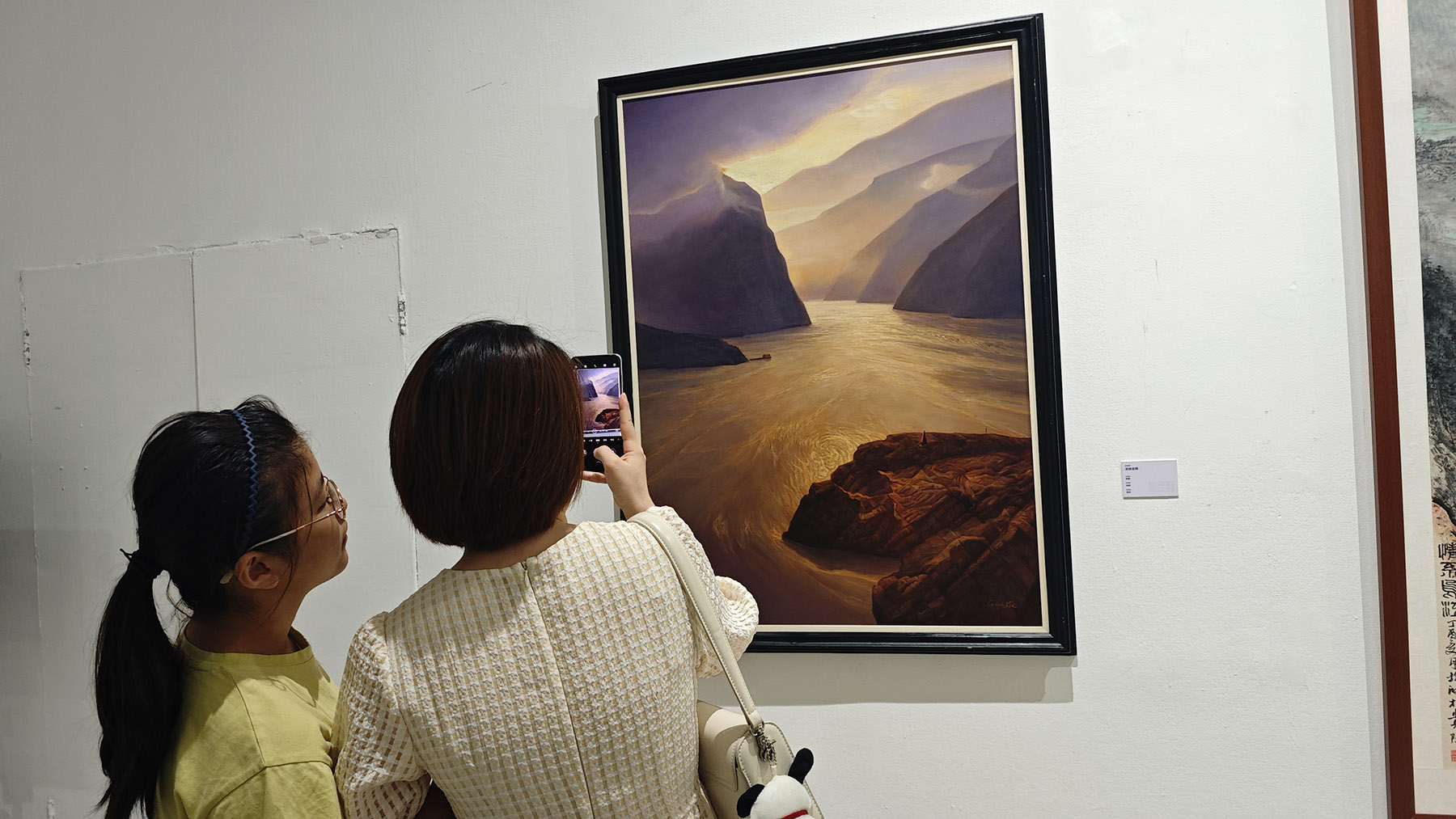
"Roars the Yangtze River, sweeping everything eastward; the currents surge, in an unremitting way just like the emergence and disappearance of these luminous figures in history," chanted Ming Dynasty (1368-1644) scholar Yang Shen in one of his most famous poems, while journeying through Luzhou, Sichuan province, captivated by the river scene.
When facing this majestic spectacle, the longest river in the country, people would not spare any creativity or imagination in hailing its beautiful grandeur.
READ MORE: Paintings explore odyssey of vision
Just like Yang paid tribute to the river with verses, great Tang Dynasty (618-907) painter Wu Daozi once traveled along the Jialing River, a tributary of the Yangtze, for months and reenacted the enthralling views in a panoramic landscape to impress Emperor Xuanzong of the Tang era, who sponsored the trip.
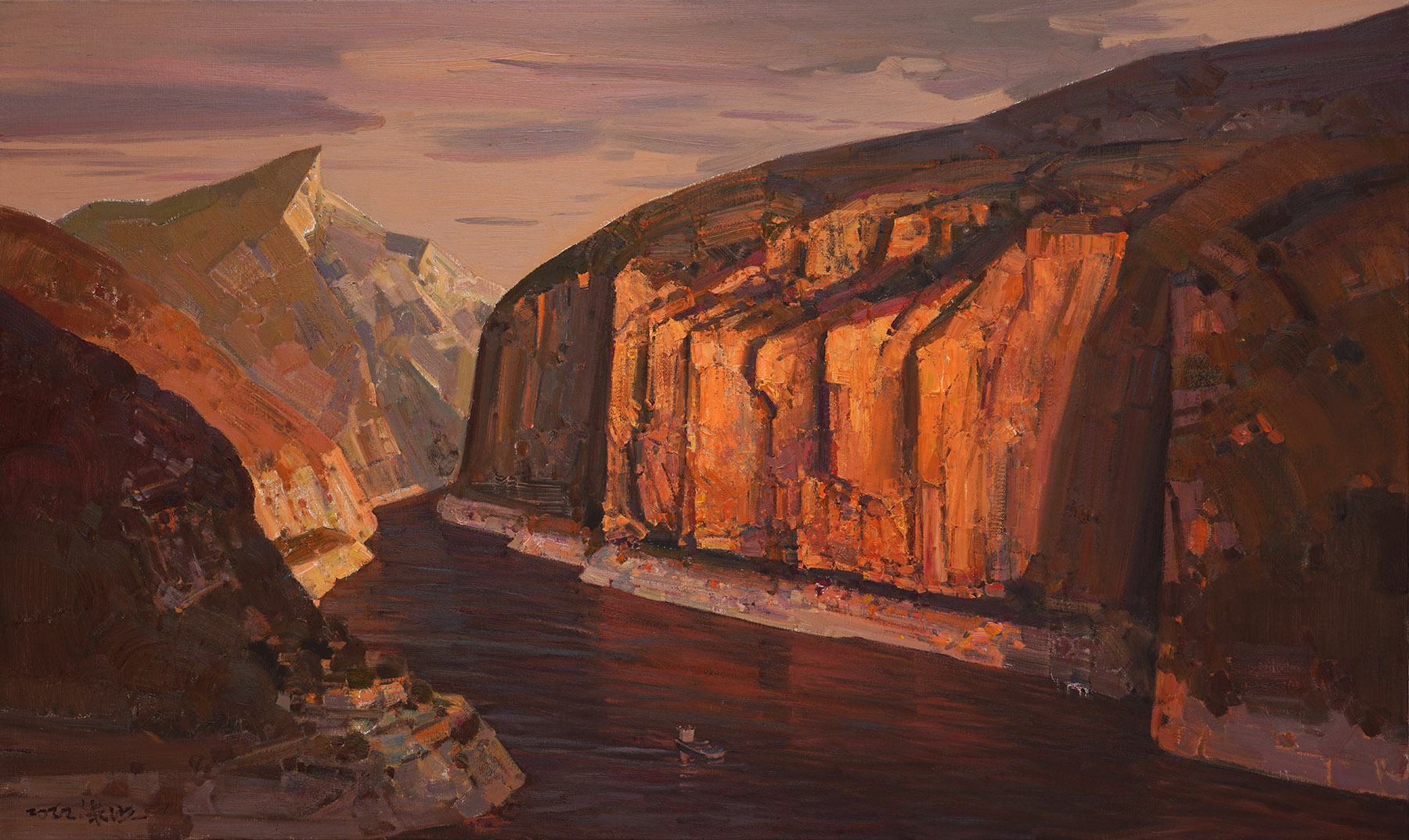
The river has nurtured and witnessed the progress of Chinese civilization and in return, artists over centuries have never ceased to depict it with the utmost reverence.
Recent examples of these depictions were shown at New Scenery of the Yangtze River, an exhibition at the Hubei Museum of Art in the provincial capital of Wuhan. The exhibition was part of the First Yangtze River Culture and Art Season, which kicked off on Sept 14 and runs until Nov 4 in Hubei. The rich program of the culture and art season also includes film screenings, chorus performances and literary events.
More than 100 paintings, prints, watercolors, lacquer paintings, photos and mixed media works have been displayed at the exhibition.
Wang Yongping, vice-president of the Hubei Provincial Federation of Literary and Art Circles and curator of New Scenery of the Yangtze River, says that the works show varied natural landscapes, dynamic cultures and folklore along the waterway — "from the snowcapped mountains and array of ships across the Three Gorges to the rains and mists that engulf the beautiful Jiangnan (the region south of the lower reaches of the Yangtze), its openness and inclusiveness" — as well as the economic and social developments since 2012.
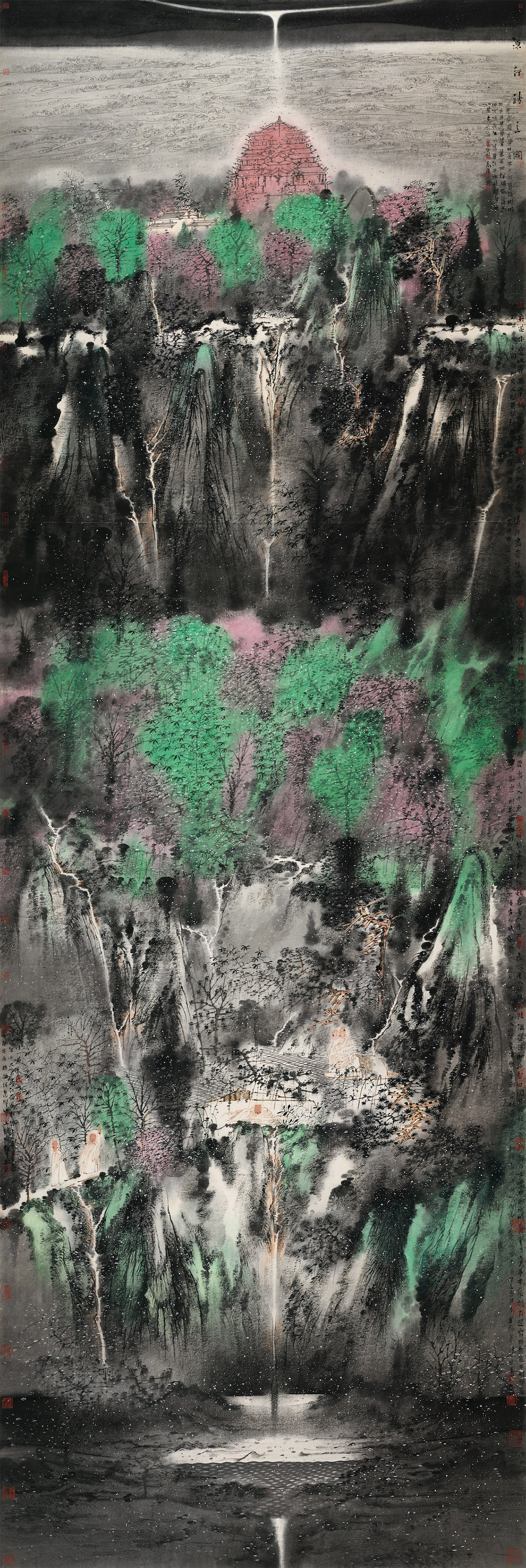
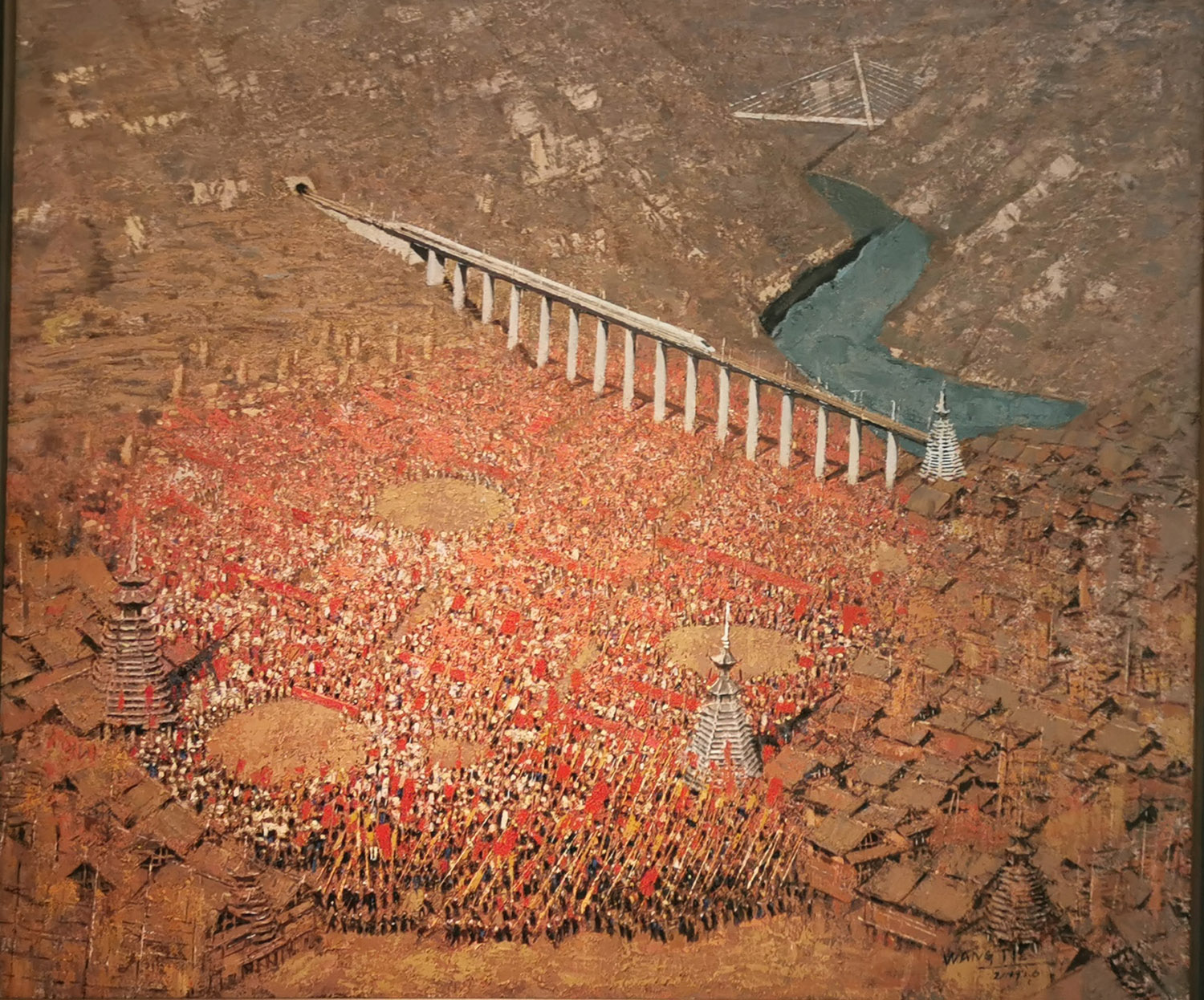
He says the works are "people-oriented, showing real lives and addressing people's concerns", such as the efforts made for rural vitalization, poverty elimination and the balance between livelihood improvement and environmental conservation.
The Yangtze has a high level of biodiversity. Its climate and terrain provide important habitats for many species, such as giant pandas that are popular on social media.
Quiet Nature, a group of drawings by ink artist Liu Wanming, shows the much-beloved giant panda in different poses not only to reflect its appeal but also to endeavor to protect this species and its environment.
Liu says what has been guiding his creation is an idea of Chinese philosophy "to pursue meticulousness in the treatment of details, while to present the extensiveness of the world".
"It is a wisdom that keeps reminding us to observe nature, to consider from the standpoints of other lives, and to learn to get along with the world," he says.
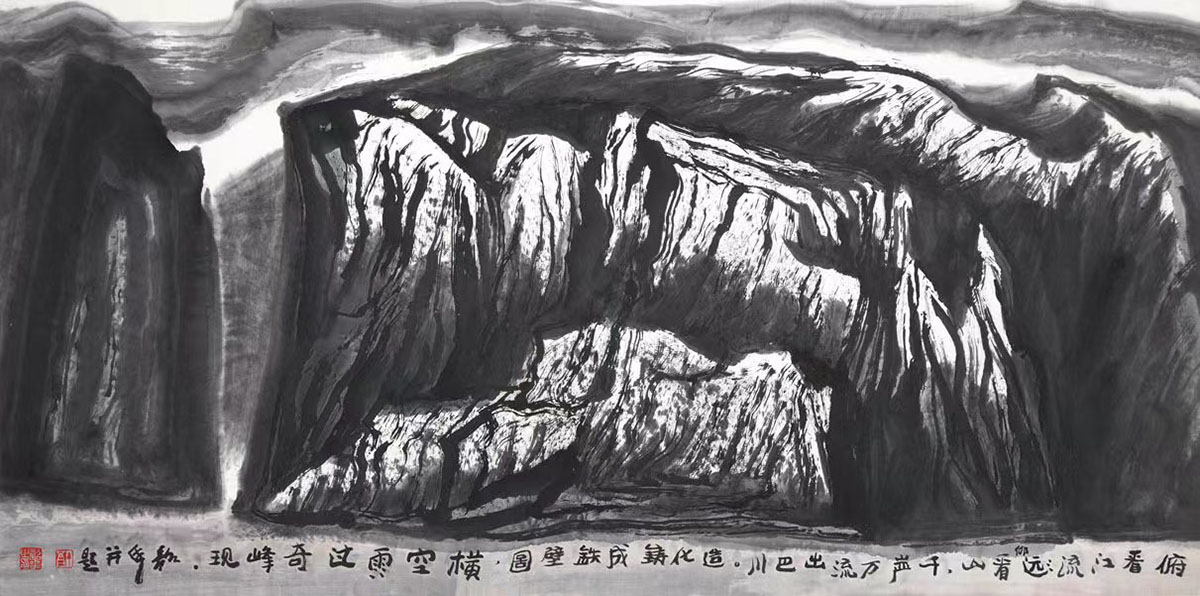
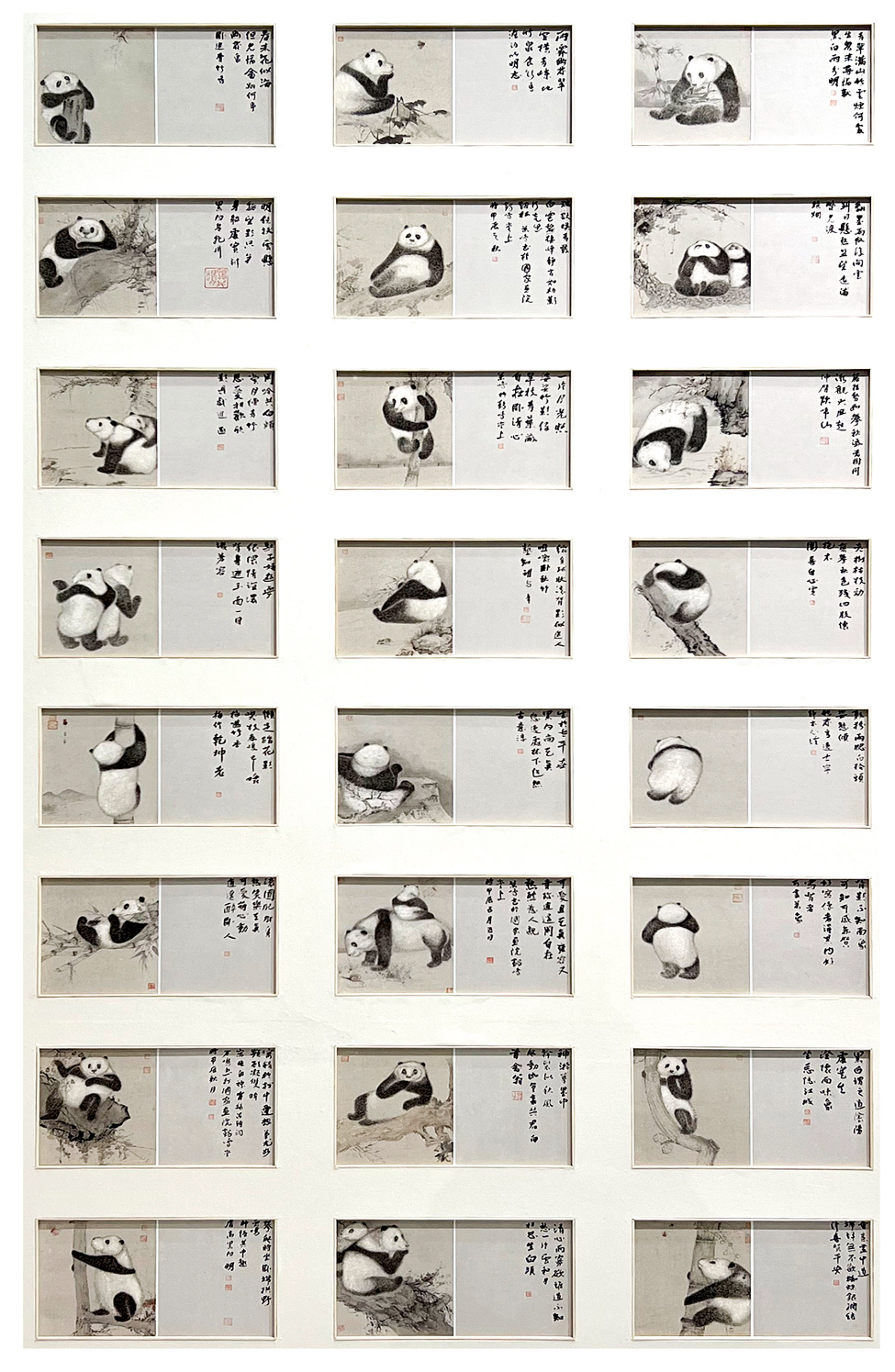
In The Spectacular of the High Land, oil painter Wang Jie from Guizhou province offers an animated bird's-eye view in which a high-speed train "sails" across a remote village tucked in the mountains and is greeted by inhabiting ethnic groups.
Transportation is a great challenge in Guizhou, which is known for its geographic complexities. A network of bridges and expressways has been built to better connect locals to the outside.
ALSO READ: Master's works bring modernity to traditional painting
Wang Yongping says the exhibition is the beginning of a long-term plan to cultivate a younger generation of artists in Hubei who would be sent to Beijing's major art academies. Meanwhile, they will invite artists outside Hubei to visit, create and exchange, and to show works regularly.
Contact the writers at linqi@chinadaily.com.cn


